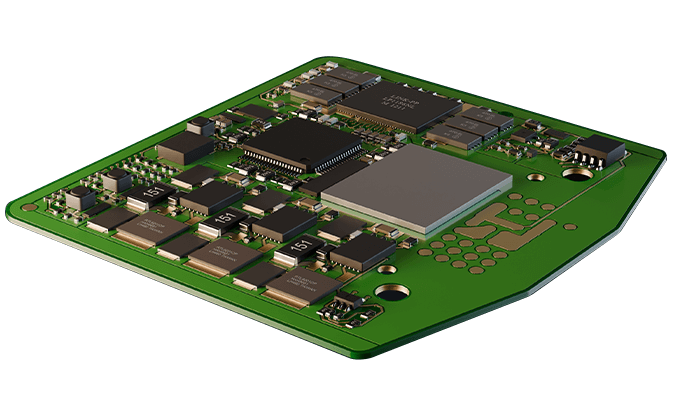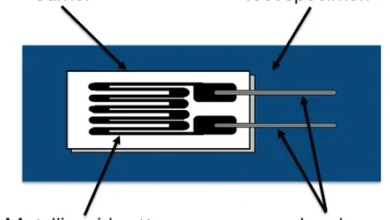The World of Electronic Design: From Concept to Creation

Electronic design is the foundation for the vast array of electronic devices that permeate our lives, from smartphones and laptops to complex medical equipment and industrial automation systems. It’s the intricate process that translates ideas into tangible circuits and systems, breathing life into the devices we rely on every day.
At its core, electronic design encompasses several key stages:
Conceptualization: The initial phase involves defining the purpose, functionality, and specifications of the electronic device. This includes considering factors like power consumption, size constraints, and user interface.
Circuit Design: Here, engineers translate the conceptual idea into a schematic diagram, meticulously selecting and arranging electronic components like resistors, capacitors, transistors, and integrated circuits (ICs) to achieve the desired functionality.
Simulation and Analysis: Before committing to a physical prototype, sophisticated software tools are used to simulate the behavior of the designed circuit. This virtual testing helps identify potential flaws and optimize performance.
Printed Circuit Board (PCB) Design: The circuit schematic is then translated into a physical layout on a PCB, a specialized board that provides electrical connections between components. PCB design software ensures proper component placement, routing of electrical traces, and adherence to manufacturing constraints.
Prototyping and Testing: A physical prototype of the circuit is finally built on the designed PCB. This prototype undergoes rigorous testing to verify its functionality, performance, and compliance with safety standards.
Production and Manufacturing: Once the prototype is validated, the design can be scaled up for mass production. This phase involves creating detailed manufacturing instructions and collaborating with fabrication facilities to ensure consistent quality.
Electronic Design Automation (EDA): A critical aspect of modern electronic design is Electronic Design Automation (EDA) tools. These software applications streamline the design process, enabling engineers to create complex circuits with greater efficiency and accuracy. EDA tools offer functionalities for:
- Schematic capture: Visually representing the circuit using symbols for components.
- Simulation: Analyzing circuit behavior under various conditions.
- PCB layout: Designing the physical placement and connection of components on the PCB.
- Design for Manufacturability (DFM): Ensuring the design can be efficiently produced.
The Future of Electronic Design:
The field of electronic design is constantly evolving, driven by advancements in miniaturization, material science, and computational power. Emerging trends include:
- Increased Integration: Packing more functionality onto smaller ICs, leading to more powerful and compact devices.
- Internet of Things (IoT): The growing need for electronics that can connect and collect data in interconnected systems.
- Artificial Intelligence (AI): Integration of AI algorithms into electronic devices for enhanced functionality and automation.
Final Words
Electronic design plays a pivotal role in shaping the technological landscape. By understanding its intricacies and the ever-evolving trends, we can appreciate the immense effort behind the devices that have become an integral part of our world.




